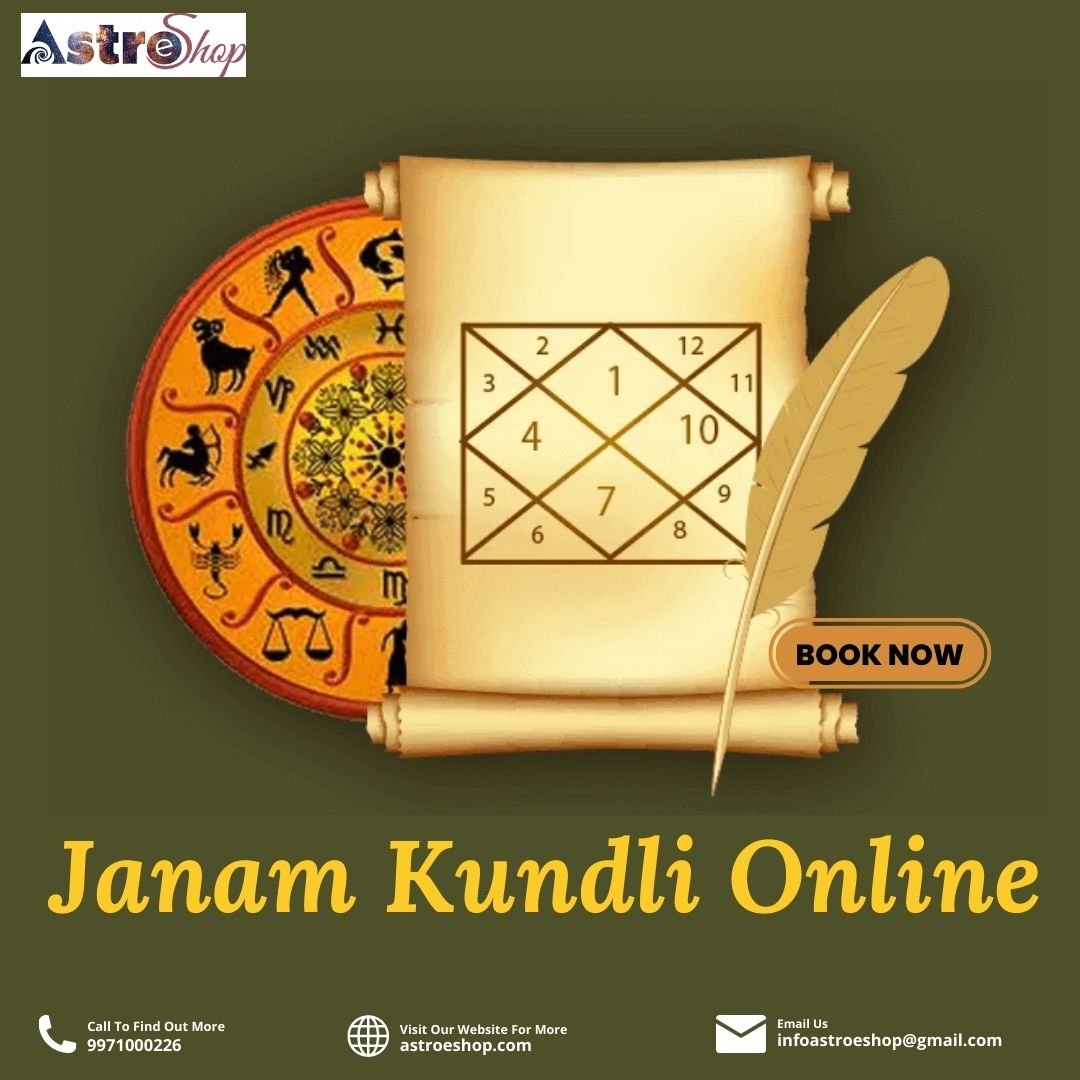Matchmaking Kundli: In the vast and intricate tapestry of human relationships, astrology has long been a guiding light for those seeking insights into compatibility and harmony. One of the most revered aspects of astrological matchmaking is Kundli matching, a practice deeply rooted in ancient Indian traditions. This article delves into the essence of Kundli matchmaking, its significance, and how it serves as a guide to perfect pairings.
Understanding Matchmaking Kundli
At the heart of Matchmaking by KUndali lies the Kundli online, also known as a birth chart or horoscope. This chart is a personalized map of the celestial bodies’ positions at the exact moment of an individual’s birth. It encapsulates vital information about one’s personality traits, strengths, weaknesses, and life’s trajectory based on astrological principles.
Kundli matching, often referred to as Kundli Milan, is the process of comparing and analyzing two individuals’ Kundlis to determine their compatibility for marriage or partnership. It is deeply rooted in the belief that celestial influences shape human lives and interactions.
The Components of Kundli Matching
Guna Milan: This is the most foundational aspect of Kundli matching. Guna Milan assesses compatibility based on thirty-six gunas or attributes, each associated with different aspects of life such as temperament, character, intellect, and spirituality. The higher the number of compatible gunas between two individuals, the better their compatibility is considered.
Nakshatra Matching: Nakshatras are lunar constellations that play a significant role in Kundli matching. Matching the Nakshatras of the prospective partners helps determine their emotional compatibility and overall well-being in the relationship.
Doshas and Remedies: Kundli matching also involves identifying doshas or astrological imbalances that may pose challenges in a relationship. Common doshas include Mangal Dosha (related to Mars) and Nadi Dosha (related to health and progeny). Remedies such as prayers, rituals, and gemstone recommendations are often suggested to mitigate the effects of doshas.
Ashtakoota Matching: Ashtakoota refers to the eight categories that are considered while matching Kundlis. These categories include Varna (caste), Vashya (dominance), Tara (birth star), Yoni (nature), Graha Maitri (friendship), Gana (temperament), Bhakoot (compatibility), and Nadi (health). Each category provides insights into different facets of compatibility, creating a comprehensive picture for matchmaking.
The Significance of Kundli Matching
Kundli matching holds immense significance in various cultures, especially in India, where it is often seen as a foundational step before finalizing a marriage. Here are some key reasons why Kundli matching is considered crucial:
Compatibility Assessment: Kundli matching provides a structured approach to assessing compatibility beyond surface-level characteristics. It delves into deeper aspects of personalities, lifestyles, and values, offering a holistic view of potential matches.
Predictive Insights: Through Kundli matching, astrologers and individuals gain predictive insights into how a relationship may unfold based on astrological alignments. This foresight can help in making informed decisions and navigating potential challenges proactively.
Cultural and Traditional Significance: In many cultures, Kundli matching is a time-honoured tradition that symbolizes the blending of families and the alignment of cosmic energies for a harmonious union. It adds a layer of cultural richness and significance to the matchmaking process.
Conflict Resolution: By highlighting potential areas of discord or challenges, Kundli matching enables couples to anticipate and address conflicts more effectively. This proactive approach can contribute to healthier relationships and stronger bonds.
Modern Perspectives and Adaptations
While Kundli matching remains deeply ingrained in tradition and culture, modern perspectives have also influenced its interpretation and application. Here are some modern adaptations and considerations:
Holistic Compatibility: Beyond astrological factors, modern Kundli matching often considers psychological, emotional, and practical compatibility. This holistic approach acknowledges that a successful relationship encompasses various dimensions beyond astrological alignments.
Educational and Informative: Many platforms and astrologers offer educational resources and explanations alongside Kundli matching, empowering individuals to understand the process and its implications better.
Personalized Recommendations: With advancements in technology, Kundli matching services can provide personalized recommendations and insights tailored to individual preferences and priorities.
Openness and Flexibility: Modern approaches to Kundli matching encourage openness and flexibility, recognizing that while astrology offers valuable insights, individual agency and compatibility dynamics play crucial roles in relationship success.
Conclusion
In the realm of relationships, Kundli matchmaking stands as a timeless practice that bridges ancient wisdom with modern sensibilities. Its blend of astrological principles, cultural significance, and predictive insights continues to guide individuals and families in their quest for perfect pairings. Whether viewed through a traditional lens or adapted to contemporary perspectives, Kundli matching remains a valuable tool in understanding compatibility and fostering harmonious relationships.
